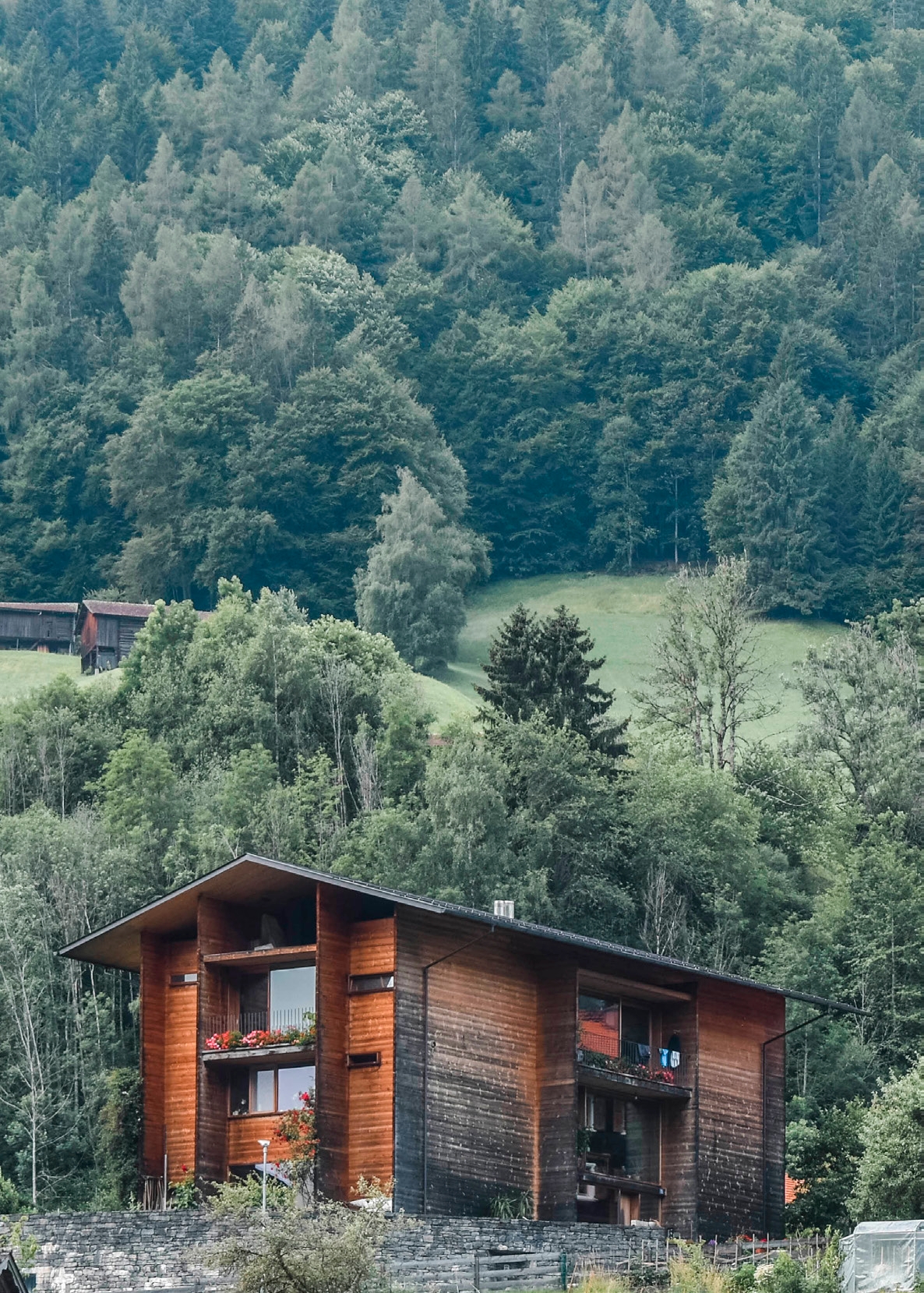
This reflection, starting from the famous phrase from Leon Battista Alberti’s De re ædificatoria, which describes the city as a large house and the house as a small city, suggests a connection between domestic and urban spaces that goes beyond mere analogy, instead resembling a fractal continuity of spatial configurations. This concept is explored through the analysis of historic settlements in the Western Italian Alps, where common patterns are observed between rooms, buildings, and entire settlements. The continuity between open and enclosed spaces, between the public and private dimensions, results in a series of intermediary spaces that reflect an integrated view of social and cultural life, as highlighted by Bernardo Secchi and Giancarlo De Carlo. These spaces, defined as ‘interior-exteriors’, are expressions of a dynamic interaction between the environment and construction, where mediation is not represented by porticos or loggias, but by more complex structures such as ‘village houses’. Contemporary designs by architects like Valerio Olgiati and Peter Zumthor revisit and develop these ideas, proposing configurations that intertwine public and private spaces in a play of transitions, thresholds, and visual connections. This approach to mountain architecture not only reinterprets tradition but also explores the possibilities of meaning in environments that continuously blur the boundaries between interior and exterior, as evidenced by recent projects of revitalisation and regeneration in Alpine and mountain contexts.







